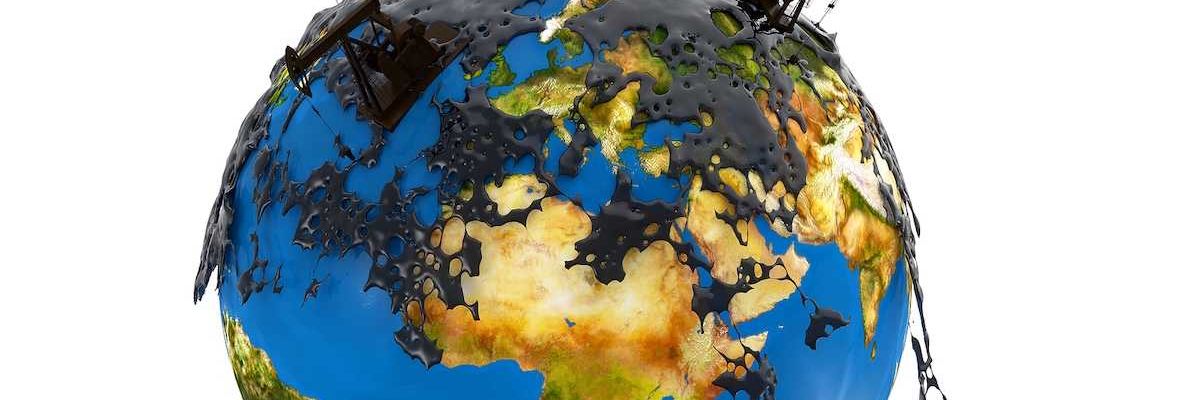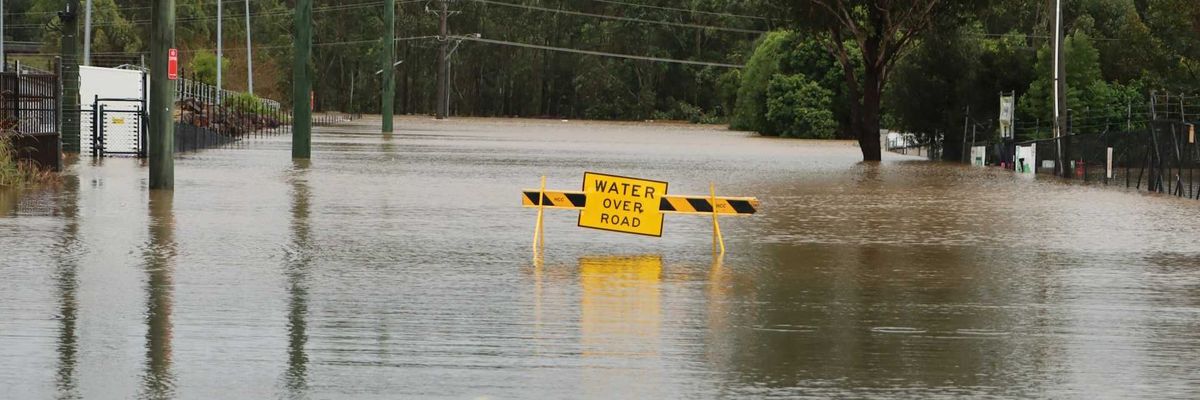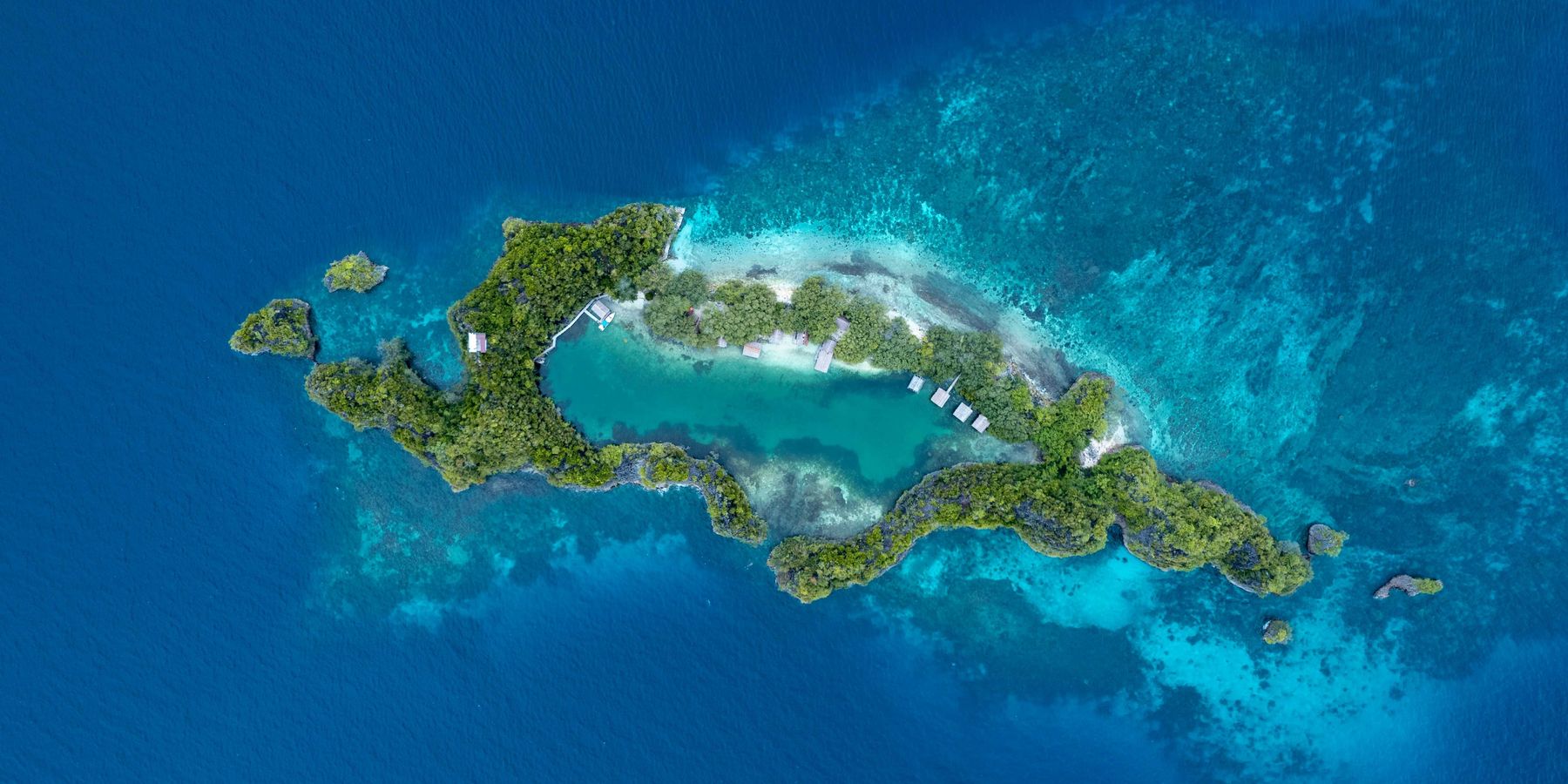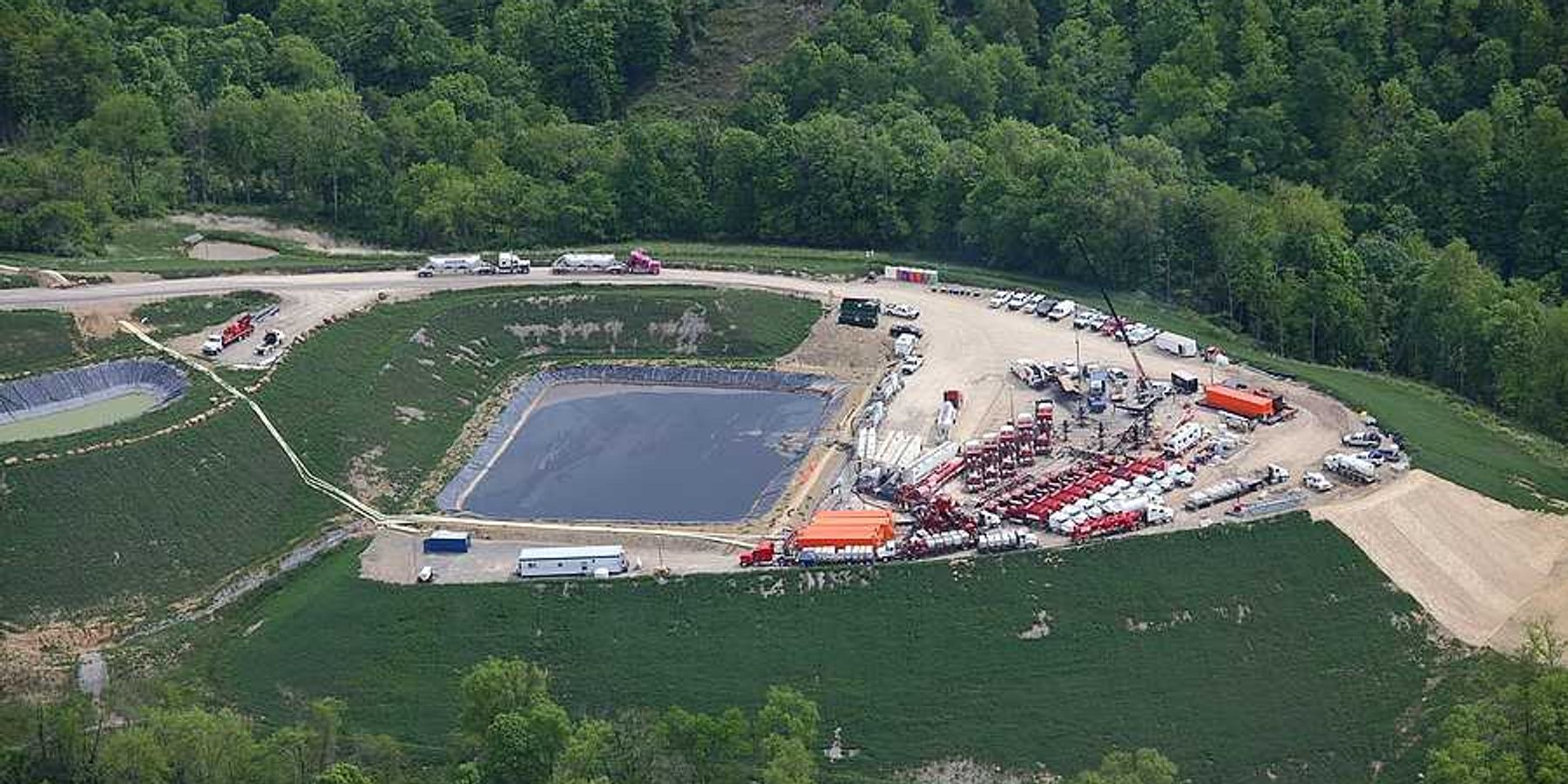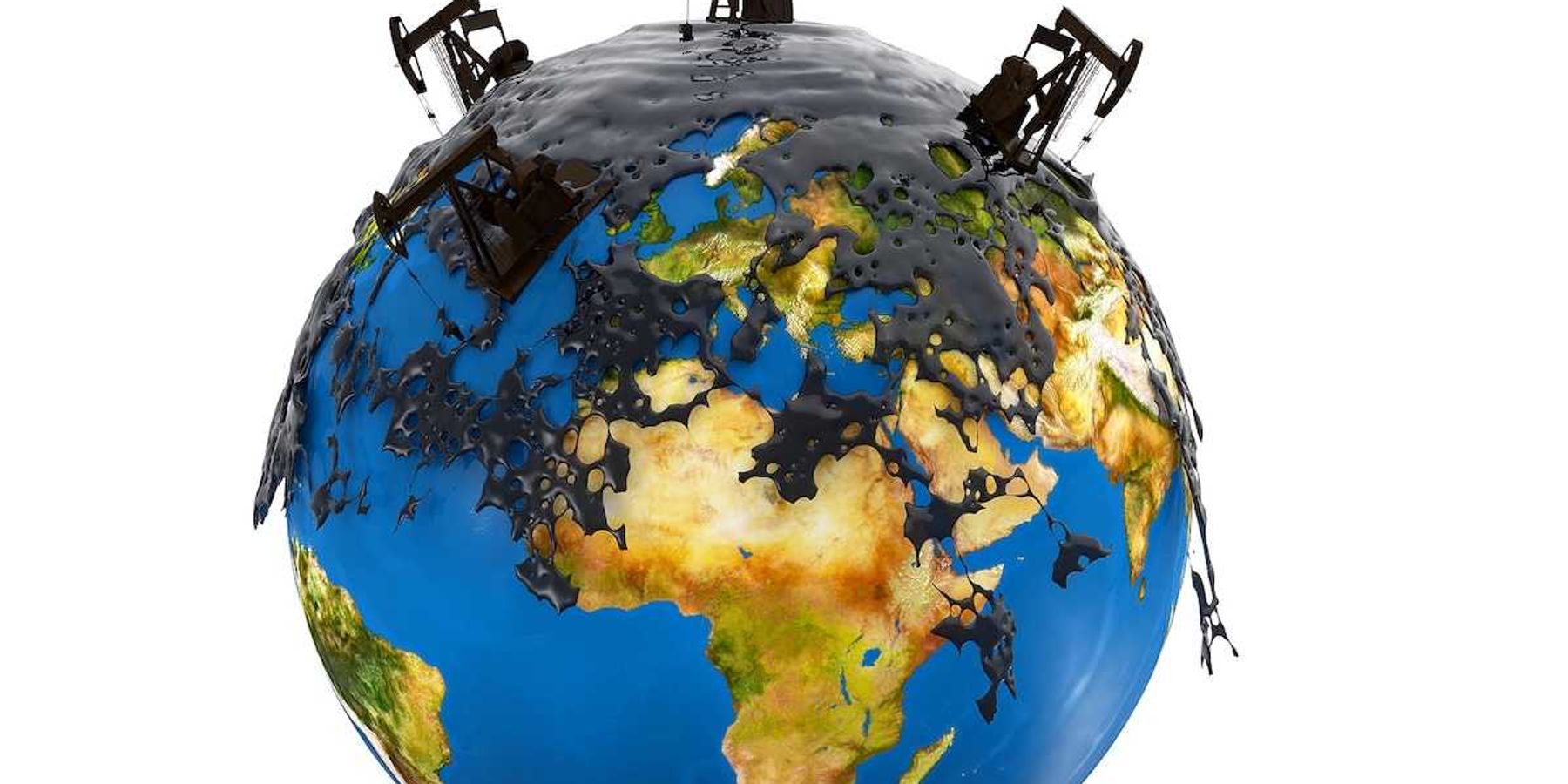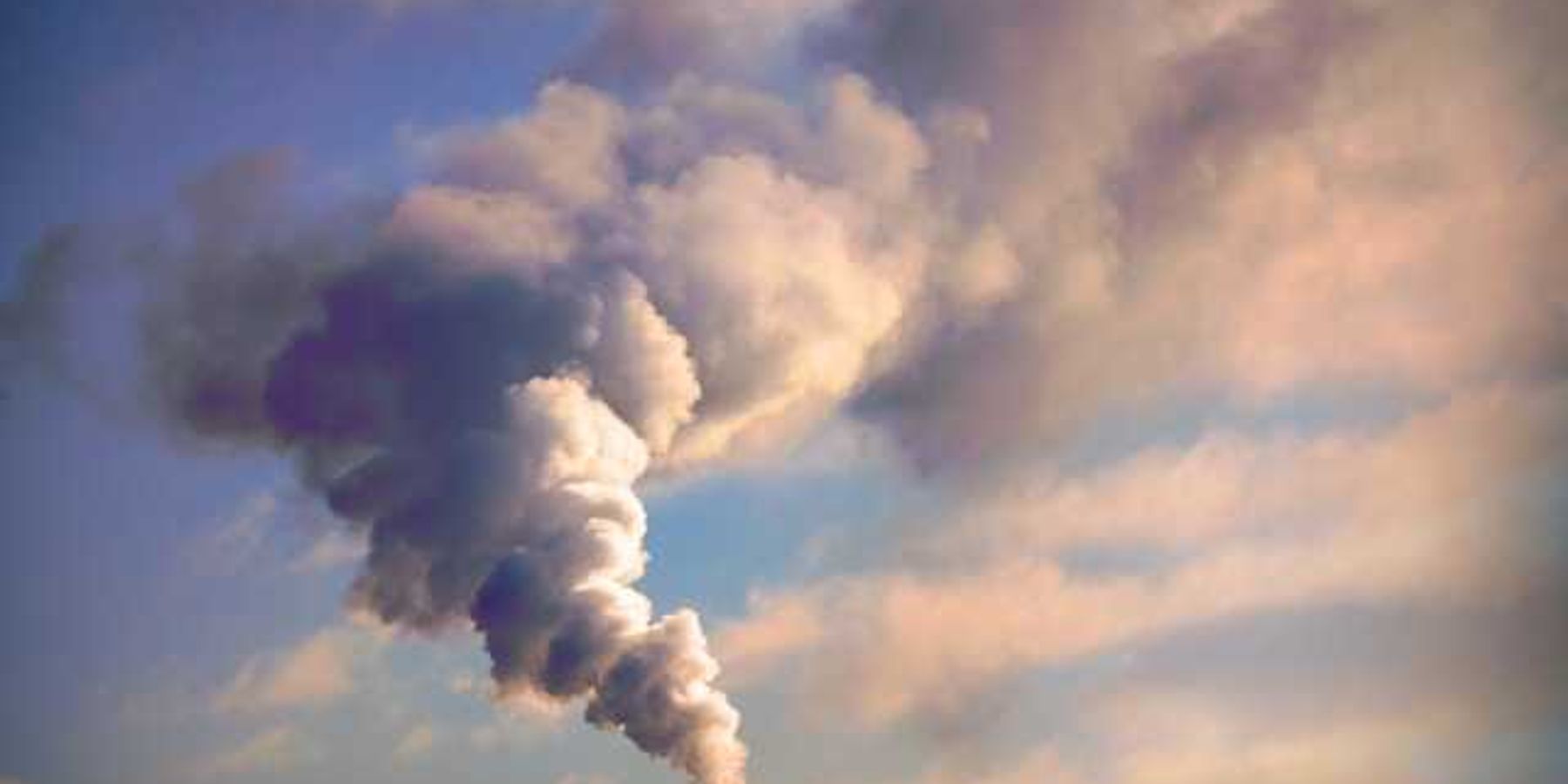dust
Great Salt Lake dust harms Pacific Islanders and Hispanics
Research from the University of Utah shows that Pacific Islanders and Hispanics are most affected by dust from the Great Salt Lake's exposed bed, highlighting the environmental justice issue in the region.
In short:
- The Great Salt Lake’s drying has left 800 square miles of exposed bed, causing harmful dust exposure.
- During wind events, PM2.5 levels spike to 26 μg/m3, exceeding the WHO threshold of 15 μg/m3.
- Restoring the lake could reduce disparities in dust exposure among racial and ethnic groups.
Key quote:
“People here in Utah are concerned about the lake for a variety of reasons... this study adds environmental justice and the equity implications of the drying lake to the conversation.”
— Sara Grineski, professor of sociology and environmental studies at the University of Utah
Why this matters:
As the Great Salt Lake continues to recede, largely due to prolonged drought and water diversion for agriculture and urban use, vast swaths of the lake bed are left exposed. These areas become significant sources of dust, which can carry harmful pollutants and particulate matter into the air. Pacific Islander and Hispanic populations, often residing in areas closer to these exposed regions, face higher health risks from dust exposure, leading to respiratory issues and other health complications that can worsen existing disparities.
New federal rule targets hazardous silica dust in mining
The recent initiative by U.S. federal authorities introduces stringent measures to combat the exposure of miners to dangerous silica dust, a move set to prompt significant health surveillance advancements in the mining industry. It could also increase understanding of health impacts among workers in metal mining connected to the energy transition.
In short:
- The Biden administration's new regulation aims to control silica dust exposure in mines, enhancing worker health protection and data collection on related diseases.
- Increased medical surveillance and periodic health examinations will be provided at no cost to miners, across all mine types.
- The rule emphasizes engineering controls over personal protective equipment to meet dust exposure limits.
- It may also advance understanding of the rate at which similar illnesses are increasing among mine workers in nickel, zinc and other metals tied to the energy transition.
Key quote:
"Doctors are diagnosing and treating more miners with black lung and other respiratory diseases than ever before, including at younger and younger ages.”
— Robert Cohen, clinical professor, University of Illinois Chicago
Why this matters:
Prolonged exposure to silica dust has been linked to an increased risk of developing lung cancer. The fine particles of silica can penetrate deep into the lungs, where they can cause cellular damage and increase the likelihood of cancerous growths. With demand increasing for critical metals necessary in the transition to cleaner energy sources, it's important to understand health risks for those miners as well.
Related: Study suggests pollution plays an outsized role in western Pennsylvania cancer rates.
Cleaner snowpack could help slow climate change and provide more drinking water, scientist says
Heat waves in the ground are getting more extreme
Heat waves in the ground are getting more extreme
Here’s what the Great Salt Lake’s dust is doing to our bodies
Dust pollution is the first problem to emerge from a desiccated terminal lake, said Kevin Perry, an atmospheric scientist at the University of Utah, and will be the last to be solved.

